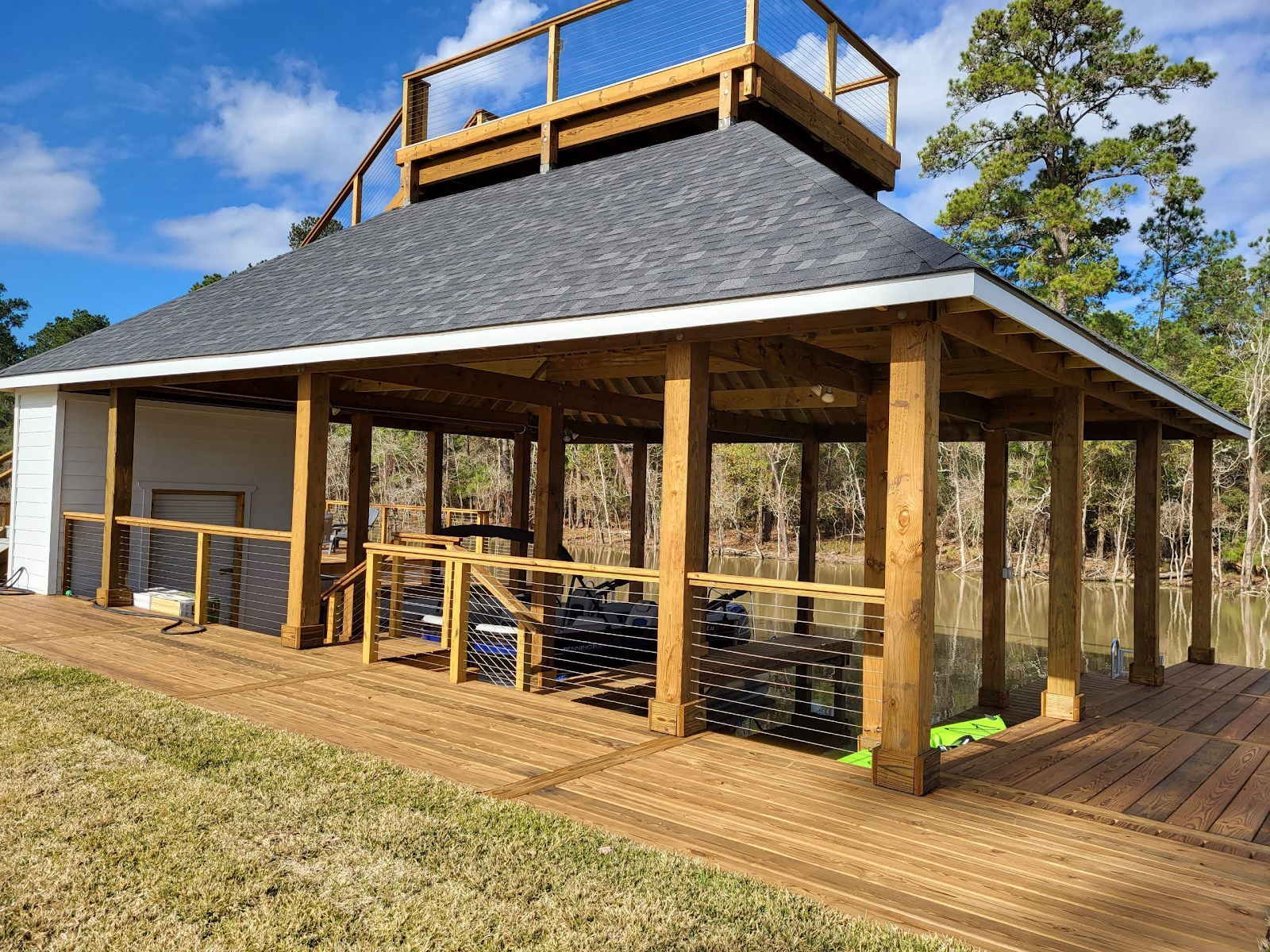Unlocking Hidden Financial Potential in Your Business
Owners and financial managers are looking for anything through which they might possibly improve cash flow as well as the fundamentals of their corporate financial basis/portfolio in the complicated twists and monitors of business finance. One powerful, yet often underutilized, method for achieving this is a cost segregation analysis. This very sophisticated engineering-based study can drive forward the depreciation deductions and provide very big savings at the outset through reductions on taxes. The cost of this direct-to-us approach deals with the management of assets, which, together with other incentives like r and d tax credits, can be brought into alignment in an overall tax optimization plan for an enterprise. Understanding how these instruments work will uncover opportunities that many organizations overlook.
How Do You Speed Up Depreciating Your Properties?
Normal accounting behaves empirically in a case of purchasing or building a building, geometrically depreciating it over 39 years, allowing only a small portion, portion to portion, of the cost of that building to be written off at the end of each year. However, that empirical nature often does not have all parts in the building correctly.
This tax-reduction classification involves segregation of property by examining closely the elements of cost in a building. All the components of a building, aside from its core structure, become redefined as personal property or land improvements in the cost segregation study. The reason behind this definition is that such expenses can be depreciated much more quickly-those assigned cost lives of five, seven, or fifteen years. This reassignment allows an overall depreciation of the property's cost at a much faster rate and thus creates larger tax deductions in the earlier years of ownership.
What Are the "Excluded" Components of Your Building?
Most astonished business owners discover what assets are actually eligible for accelerated depreciation in the four walls surrounding them. The study goes into great detail in terms of the specifications of construction or acquisition: the total cost is brought down to constituent parts. It is not simply about the bricks and mortar; it is everything that makes it functionally for the specific business operations you engage in.
Common examples of assets reclassified include dedicated electric wiring for specified equipment; some plumbing installations are part of a specific electrical setup; vinyl or wall coverings not integral to the structure; security systems. Parking lots on the property, landscaping and external lighting would often fall under land improvements and thus have a 15-year life. That careful identification process reveals something valuable that would otherwise be lost in the method of long term depreciation.
Are the Recent Investments Worth a Review?
The most frequent misconception is that the cost segregation is only pertinent with the brand new structures. The property purchased, built, or even significantly improved a long time ago can be analyzed through this analysis. The retroactive effect of the process permits businesses to "catch up" with previously missing tax depreciation deduction years without having to amend past tax returns.
This happens through the mechanism of "look-back" study analysis in which a change in accounting method has to be filed with the relevant tax authorities. With this change, a substantial one-off tax refund is reflected in that year, presenting the business with an unexpected cash boost. Last year or fifteen years ago, it does not matter; that building may have potential financial windfall waiting to be exposed.
How Does This Approach Combine with the Other Financial Incentives?
The layering of different incentives as part of a single forward-looking financial strategy will usually maximize total yield for the business. By minimizing depreciation on fixed assets, you have added an arrow to your quiver; this arrow becomes far more powerful when it is viewed as a single part of a holistic tax program. Companies developing new products or processes might also place themselves in a position to qualify for innovation-related incentives.
In fact, the synergistic interaction between various financial strategies can be quite extensive. The immediate cash flow arising from the depreciation method change could help fund ongoing operating expenses or ambitious growth initiatives. This liberated capital could, for example, support a company's experimental endeavors, which may themselves qualify for other government-sponsored incentives designed to foster innovation. In this way, the business does not leave money on the table and sets itself up for sustainable, financially supported growth.
What Should the Steps Be to Dig Deep into This Opportunity?
It requires a systematic and painstaking approach. It is not just a spreadsheet type of analysis; it is a formal study that requires specialists in construction, engineering, and tax law. This would include a detailed examination of architectural drawings and construction invoices, rent contracts, and possibly a site visit to verify the existence of the assets concerned.
Given the regulatory and technical complexity, however, one must immediately understand that this area is certainly worked by qualified professionals who know how to properly identify qualifying assets, take the right measurements, and prepare the considerable amount of documentation needed to support the study should a review occur. This guarantees a strong and defensible analysis so that potential financial opportunity is transformed into a realized gain for the enterprise itself.




Comments
Post a Comment